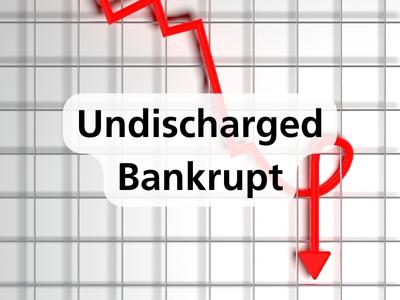Grasping Undischarged Bankruptcy
 Bankruptcy paints a legal picture of someone who finds themselves unable to pay off all their debts. The term ‘undischarged’ pinpoints the current condition of the individual as being bankrupt. Unfortunately, instances of undischarged bankruptcy are increasing in Singapore. Originally, under the Bankruptcy and Insolvency Act, a person struggling to pay a debt amounting to at least $15,000 might declare bankruptcy, but this Act was annulled by the Insolvency, Restructuring, And Dissolution (Repeal Of Bankruptcy Act) Notification in 2020.
Bankruptcy paints a legal picture of someone who finds themselves unable to pay off all their debts. The term ‘undischarged’ pinpoints the current condition of the individual as being bankrupt. Unfortunately, instances of undischarged bankruptcy are increasing in Singapore. Originally, under the Bankruptcy and Insolvency Act, a person struggling to pay a debt amounting to at least $15,000 might declare bankruptcy, but this Act was annulled by the Insolvency, Restructuring, And Dissolution (Repeal Of Bankruptcy Act) Notification in 2020.
What Does Being Bankrupt Involve?
The Insolvency, Restructuring and Dissolution Act 2018 outlines a bankrupt as:
- An individual debtor who’s officially adjudged bankrupt by a bankruptcy order, or,
- If a bankruptcy order is made against a firm, it applies to each partner within that firm.
Interestingly, the Act also accommodates the option of voluntarily declaring or filing for bankruptcy. The silver lining of filing for bankruptcy is that, post declaration, your debt and its accompanying interest are frozen. This shrinks the pressure from creditors since they lose the right to sue the debtor. As a trade-off, the debtor has to offer monthly payments to settle their bankruptcy case.
Despite this, it’s crucial to remember that filing for bankruptcy can impact the debtor. For instance, on being declared bankrupt, the individual yields control over their assets, must grab the Official Assignee (OA) or the Private Trustee In Bankruptcy (PTIB)’s green signal to leave the country, and also loses the privilege to hold public office. Over time, a declaration of bankruptcy essentially leads to certain restrictions clamping down on the debtor’s rights.


